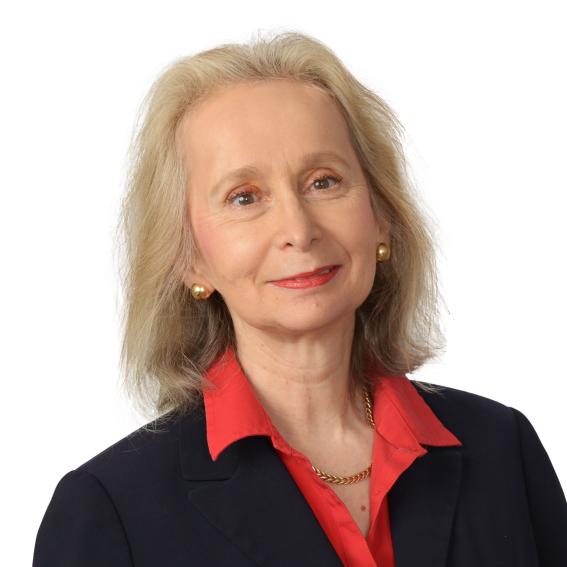Inside Amazon at Its First Supply Chain Optimization Faculty Summit
October 19, 2015

“Amazon’s brainpower,” notes Nagurney, “includes 300 Ph.D.s in operations research, 50 in economics, and 50 in machine learning. They relentlessly deconstruct operations to improve algorithms for sourcing, sorting, routing, and dozens of other activities.” The company, she continues, is extremely customer focused, with speed and reliability at a premium. It is also obsessive about controlling costs. “Being cheapest and fastest to the customer can prove conflicting,” notes Nagurney. “That’s the sort of challenge that excites my colleagues and me.”
More Best Practices
Speed to customer, she emphasizes, is a selling point for Amazon Prime Now, one of the company’s premium services. Because Amazon Prime is an exemplar of best practices, the professors got the lowdown on its operations and its worldwide expansion. The visitors also attended “ops talks” on planning and inventory, robotics and other next-generation supply chain technologies, and forecasting. Amazon, observes Nagurney, is doing its best to forecast demand in order to buy ahead of that demand. “They’re deploying Big Data and algorithms to predict totally new products and trends,” she explains.
Another priority for the company is reducing its extensive waste stream through practices that yield efficiency and sustainability. That becomes more challenging with Amazon’s increasingly eclectic product mix, including its expanding larder of perishable goods. For Amazon, product placement and flow on the floors of its vast fulfillment centers is an ongoing challenge in continuous improvement.
On day-one of her visit, Nagurney toured Amazon’s highly automated fulfillment center in nearby Dupont, Washington. There, she marveled at the company’s diminutive algorithm-driven Kiva robots, which deftly navigate the floor of the cavernous facility on 24-7picking and packing missions. She also witnessed the world’s biggest robotic arm going about its business.
Opportunities for Isenberg
“The gathering was a fantastic opportunity for networking with faculty from other schools and with operations professionals at the company,” Nagurney remarks. Best of all, Isenberg students are likely to benefit. “In the supply chain arena, we’re on the ground floor with Amazon,” she says. “Next week, I’ll be talking with a senior recruiter at Amazon about internships and other opportunities. There are also potential research opportunities for our Ph.D. students,” she adds. Amazon, she notes, has a large fulfillment center in Boston.
“When I gave managers at Amazon a rundown on Isenberg’s operations and information management curriculum, they were impressed. These are exactly the skills we are looking for, they said. I am excited for our students and our faculty as well!”